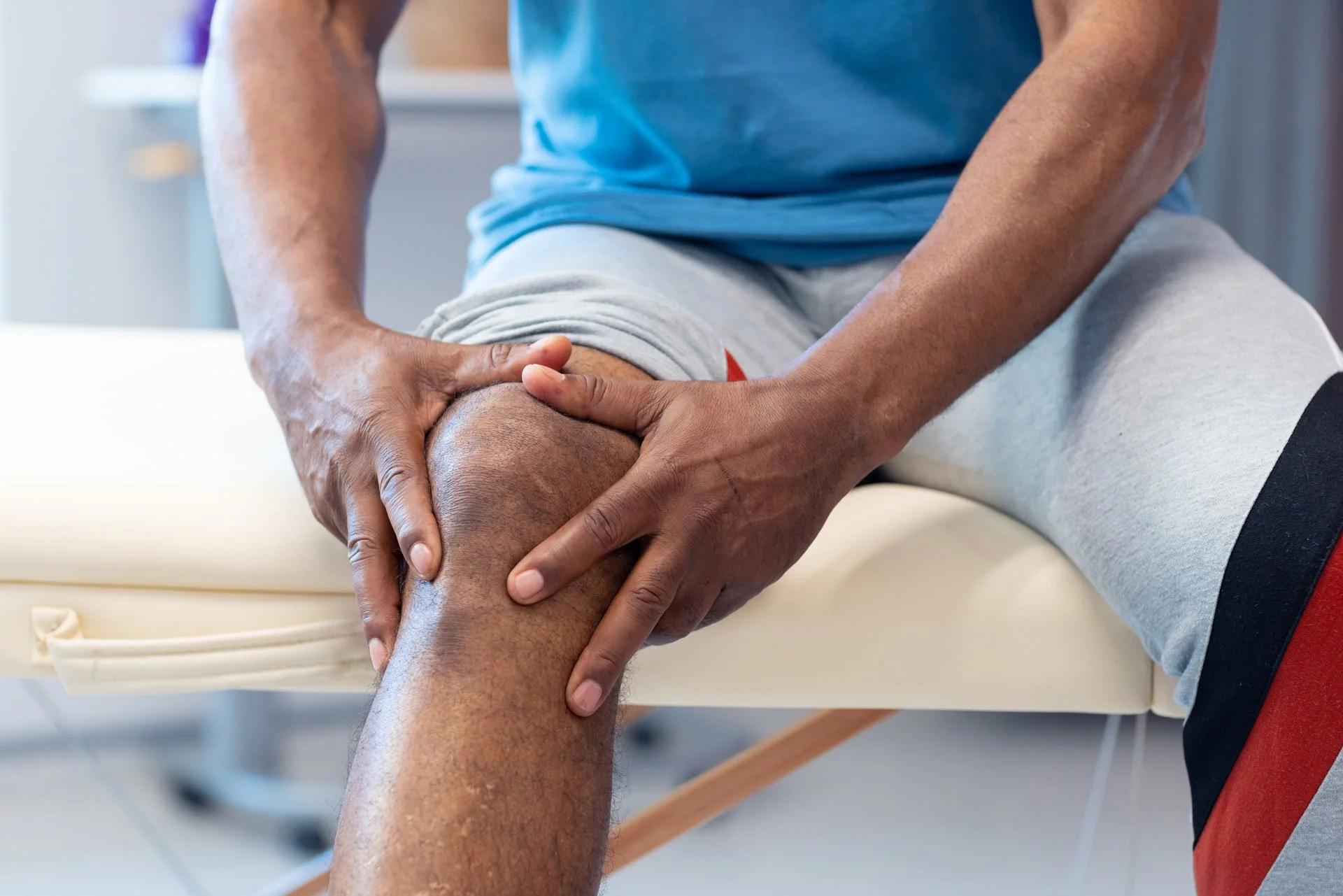Knee pain affects many people, limiting mobility and negatively impacting their quality of life. Treatments like medication and surgery have been the standard options, but modern medicine has introduced groundbreaking alternatives. These innovative therapies for knee pain treatment offer new options for patients seeking relief from chronic knee discomfort. Here is how these therapies provide natural recovery for knee pain:
Prolotherapy
Prolotherapy uses natural substances to stimulate tissue repair. During treatment, a trained physician injects a solution into affected ligaments and tendons around the knee joint. They contain an anesthetic, saline, and dextrose, triggering the body’s healing response. The injection aims to create controlled inflammation, which attracts healing cells to damaged areas. This process may strengthen weak connective tissue over several months. Simple injections activate complex biological mechanisms. It is designed for chronic ligament injuries and joint instability.
Platelet-rich Plasma
Blood contains powerful healing components that scientists have learned to concentrate and use therapeutically for knee pain treatment. Platelet-rich plasma (PRP) therapy begins with a standard blood draw from the patient. Laboratory technicians spin this blood in a centrifuge, separating platelets from other components, and the concentrated platelets are then injected directly into the injured knee area.
These platelets release growth factors that are designed to accelerate healing. The treatment uses the patient’s blood. It may provide improved function in patients with various knee conditions. Athletes may choose PRP for sports-related injuries because it supports natural recovery without synthetic substances.
Stem Cell Exosomes
Exosome therapy represents a new approach in regenerative medicine, and stem cell exosomes offer unique healing properties. These microscopic vesicles carry genetic information and proteins between cells. When injected into knee joints, exosomes deliver healing signals directly to damaged tissue.
The treatment process involves extracting exosomes from donor stem cells in laboratory settings. Unlike traditional stem cell therapy, exosome treatment doesn’t require living cells. This approach reduces processing time and potential complications. Exosomes are used to reduce inflammation while promoting cartilage repair. Patients may have less pain and improved mobility within weeks of treatment.
Viscosupplementation
Healthy knee joints contain hyaluronic acid, which lubricates cartilage and absorbs shock during movement. Arthritis breaks down this natural lubricant, leading to pain and stiffness. Viscosupplementation replaces lost hyaluronic acid through direct injection into the joint space. The synthetic or naturally-derived substance restores joint lubrication. Patients may experience immediate relief, though full benefits typically develop gradually. This treatment can be combined with other regenerative medicine treatments. It is used for mild to moderate cases of arthritis.
Get Advanced Knee Pain Treatment
Modern knee pain treatment has evolved far beyond traditional approaches and now includes several more options. These innovative therapies offer personalized solutions for different types of knee problems. Each method targets specific aspects of joint healing and pain relief. The right treatment depends on your individual condition, symptoms, and medical history. Some patients benefit from combining multiple approaches for optimal results. Working with an experienced healthcare provider helps determine the most suitable option for your needs. Schedule a consultation with a qualified specialist to explore these advanced treatment options.







